Climate change, transparency throughout the chain, attracting more skilled labor into the industry and the developments of flower and plant sales in Germany. These were the main topics discussed in the press conference of the International Plant Fair IPM Essen, that will take place this week from January 28-31 in Essen, Germany. With over 1,500 exhibitors from around 50 countries, it is one of world's most important fairs for the horticulture industry.
At IPM Essen, trade visitors from all over the world will find a complete overview of the market: from plants and technology right up to floristery and garden features. Together with their partner associations and exhibitors, they provided the latest market figures, trends and product innovations as well as information about the fair program. Oliver P. Kuhrt, CEO of Messe Essen kicks off the press conference with showing the facts and figures of the 2020 edition.
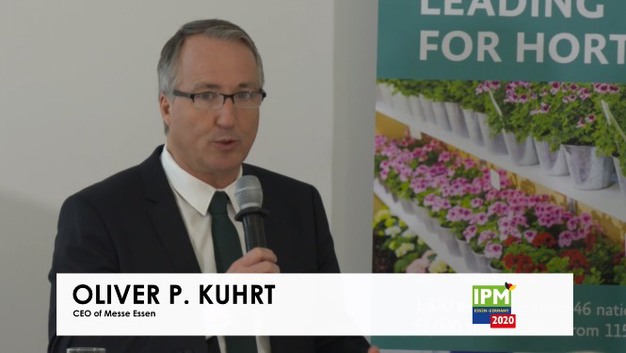
Complete overview of the market
This year, the IPM Essen will be held on the completely modernized exhibition grounds for the first time, he explains. Traditionally, plants will be the main emphasis with 62 percent of the exhibitors dedicated to plants. One can find the whole spectrum from plants, edible plants, herbs, trees, easy to care for plants, shrubs and much more. 29 percent is dedicated to products like fertilizers and substrates and 10 percent to the floristery business. "All in all, trade visitors will find a very good overview of the value chain of the industry - not only from the big companies, also from the smaller ones and start-ups." Also this year, a lot of joint stands will be exhibiting.
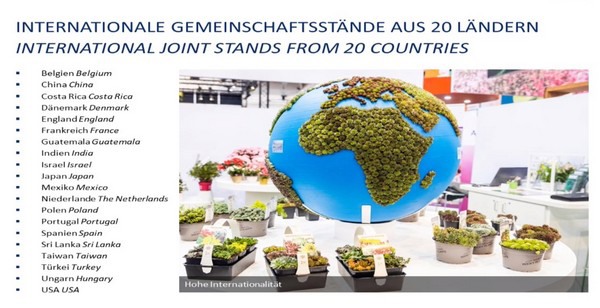
On top of the exhibitions, also programmes have been organized and and sales concepts are being presented. "Climate change is not a new, but still a hot topic and will therefore be also one of the topics in the speakers corner."
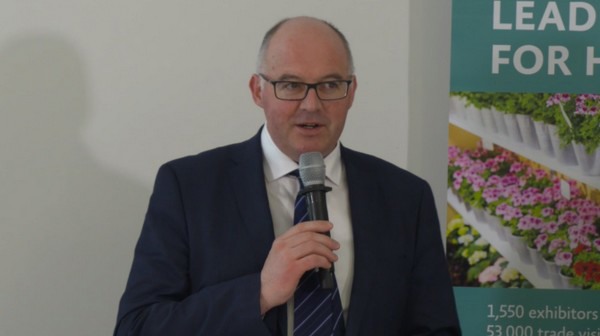
Mikaël Mercier
France - Partner country
Mikaël Mercier, President VAL'HOR and representative of the partner country France then took the floor. France is the partner country this year, and he is proud to be the partner this year. He explains the diversity of the French product range due to the diverse climate and the benefit of having a central position between the important horticultural countries in Europe. Also in this country, plants and flowers play an important role in the culture of the inhabitants and climate change is an important topic as well. According to Mercier the French are getting more and more aware of climate change and are fighting against it by for example introducing more plants that attract pollinators. During the exhibition, they will organize several workshops.
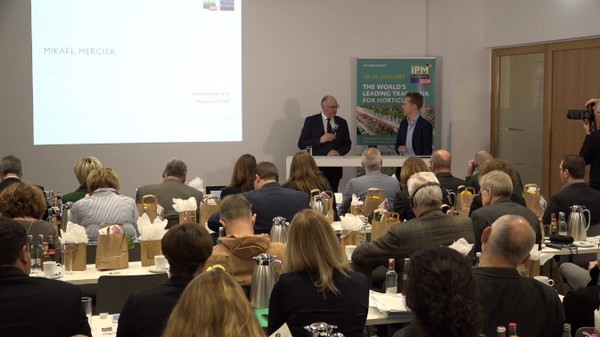
Mercier talking in front of international media.
Topic climate change - an opportunity
Helmuth Prinz, President of the Trade Association of German Florists - Federal Association (FDF) continues and also points out the mega trend, namely Climate Change.
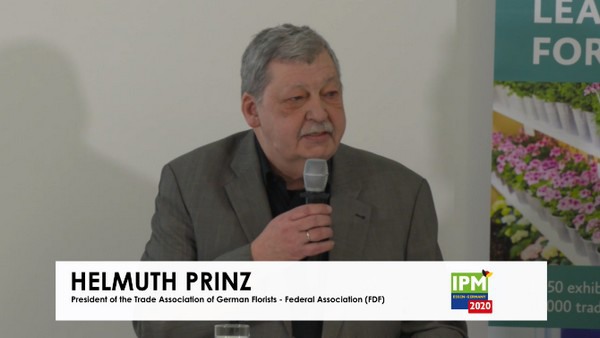
"For many years, we are addressing this topic - end consumers ask where does the product comes from? Traceability, transport and so on. We see a tremendous opportunity as we can explain it all as we have direct contacts. We see customers and make sure that we make use of more environmentally friendly products. All of us, we need to put heads together to explain where flowers come from, how they are treated and so on.
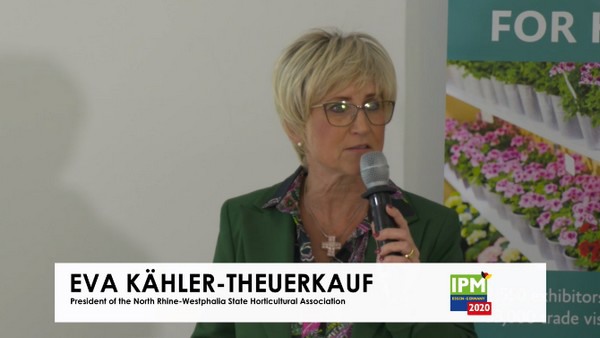
New plants for changing climate
Eva Kähler-Theuerkauf, President of the North Rhine-Westphalia State Horticultural Association also addressed climate change. According to her, new plants need to be introduced that attract more pollinators and can handle the more extreme temperatures that climate change brings - so introducing more robust plants.
Skilled labor challenge
Prinz and Kähler-Theuerkauf both address one of the challenges for the years to come, namely the lack of skilled labor. It is a problem in many industries and also in the horticulture industry. "On the 29th we have the day of education and with the theme "We love Green", we invited schools to come and we would like to involve young people from the start and make them interested in plants and show them how things grow. This important to us. It is important that they have hands-on experience - it only gets visible once you try. On the 30th meeting we try to recruit new talent and get them interested in horticulture. It is important to have such events during the show. In this way, the IPM Essen can support innovation in the industry." 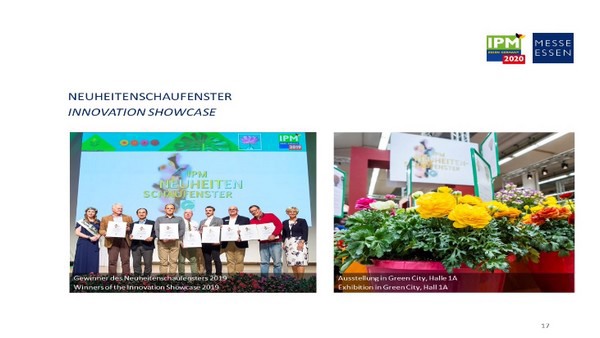
Jürgen Mertz, President of the Central Horticultural Association (ZVG) explains more about the German ornamental market, according to statistics.
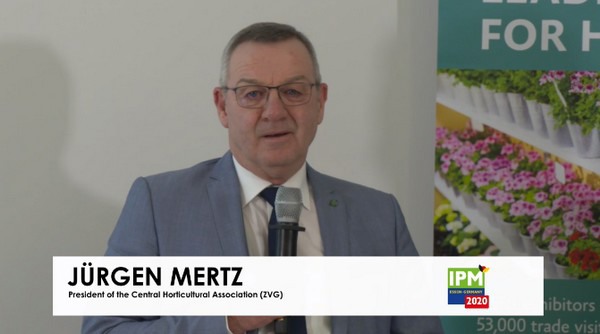
Interestingly, even though 2019 was a challenge with the weather situation (frosts the end of May and 40 degrees in summer), the ornamental plant market in Germany has grown by 2.7 percent to 8.9 million in 2019. But what does this say? According to Mertz, it shows that it is a market with a lot of potential. "We can be proud that this is the highest result ever after 2 years." When looking at the consumption per capita, in 2019 it was 105 and in 2019 it was 108. And 3 euro more consumption for per capita consumption increased from 105 euro to 108 euro. "And that time and 83 million inhabitants is a lot."
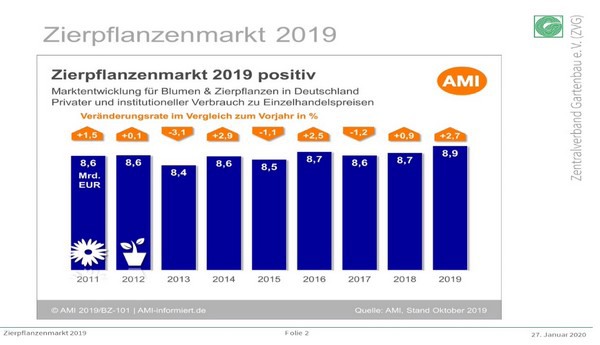
Out of the 108 euro that consumers spend on ornamentals, 37 euro was for cut flowers, which is 34 percent of the overall market. The container plants (46 percent of the market) and garden plants (49 percent of the market) have overlapping crops. The bedding and balcony plants, which fits in both categories and is the second largest crop (21 percent) in the market. Also, the forecast of 2018 came true in 2019; due to the worse summer in 2018, a lot of shrubs needed to be replanted in 2019, which accounted for 16 percent of the market.
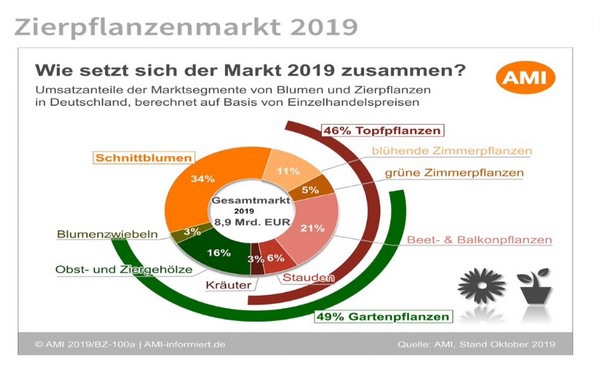
All in all, according to Mertz, 2019 was a year full of challenges.
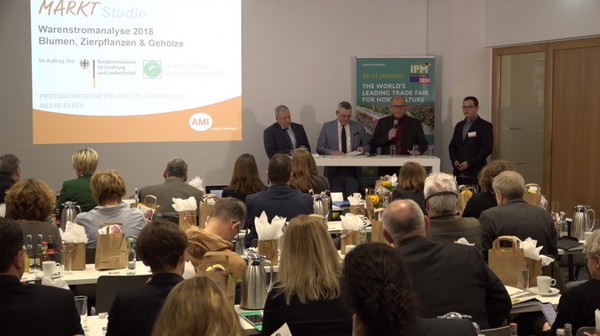
Norbert Engler, Chairman of the Board of the Association of the German Flower Wholesale and Import Trade (BGI) continues by showing their efforts in making 'goods flow' analyses of the industry. "It makes structures in the industry more transparent and therefore future proof", he says.
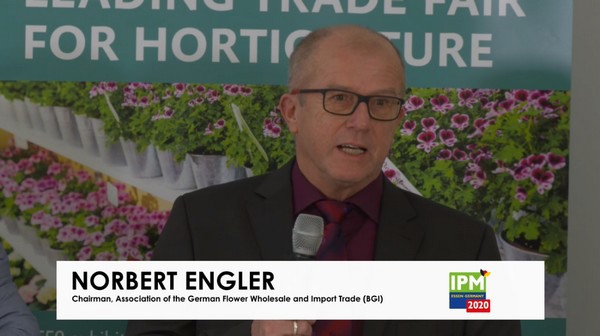
In their analysis, the crops are divided into three categories; cut flowers, container plants, and trees. 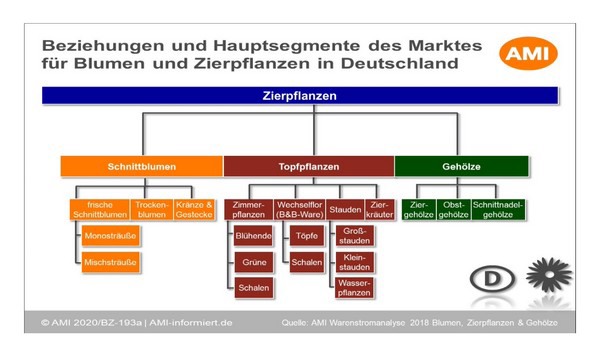
Click here for a larger picture.
When looking at 2018, there are various channels through which local and imported products reach the end consumer, but there is a clear change to retail. On top of that, one sees that more products also went more direct.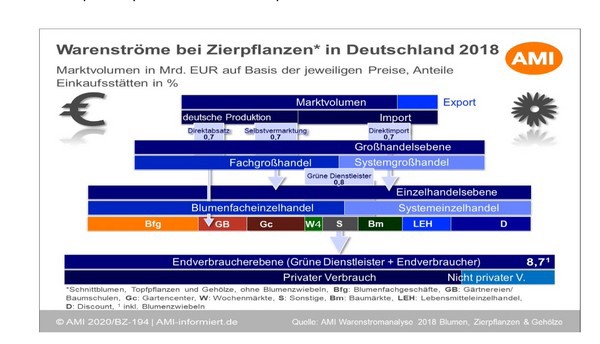
Click here for a larger picture.
In a nutshell
In a nutshell, the German market is stable for many years, there is a lot of movement in cross-trade, and private consumption higher than expected.
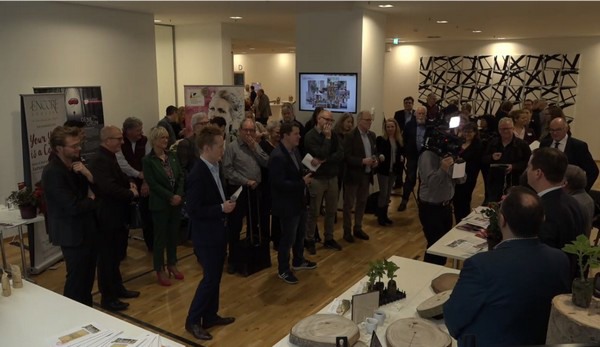
Product presentations
After the press conference, product presentations were given by some of the exhibitors, namely FDF, Morel Diffusion, WeGrow, Meilland, JungerSpross, Plantipp and Pellens Hydrangea.
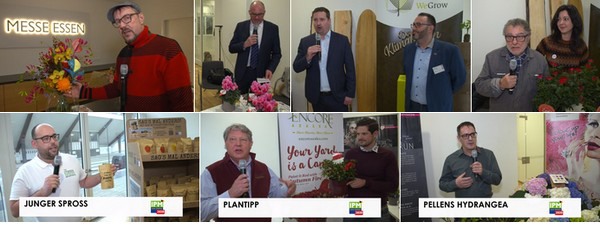
For more information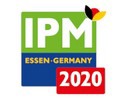
IPM Essen
www.ipm-essen.de
